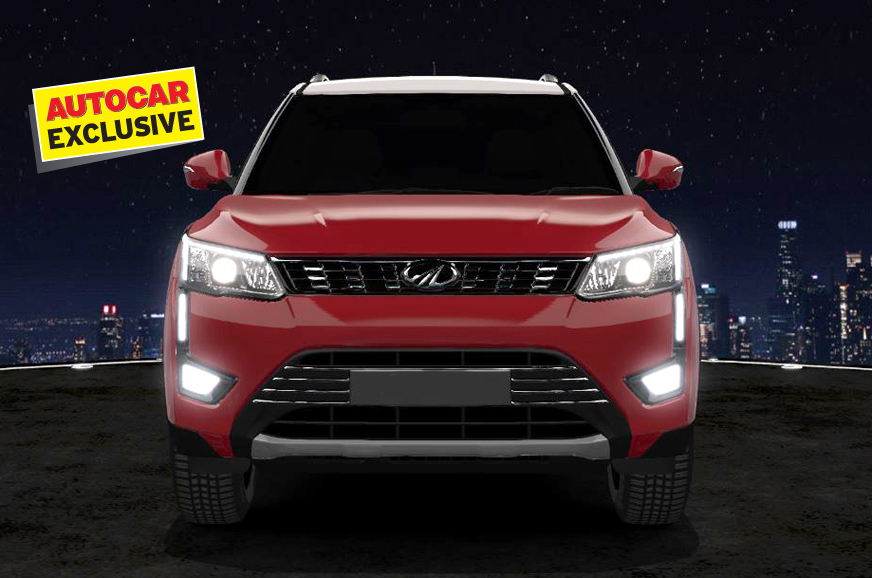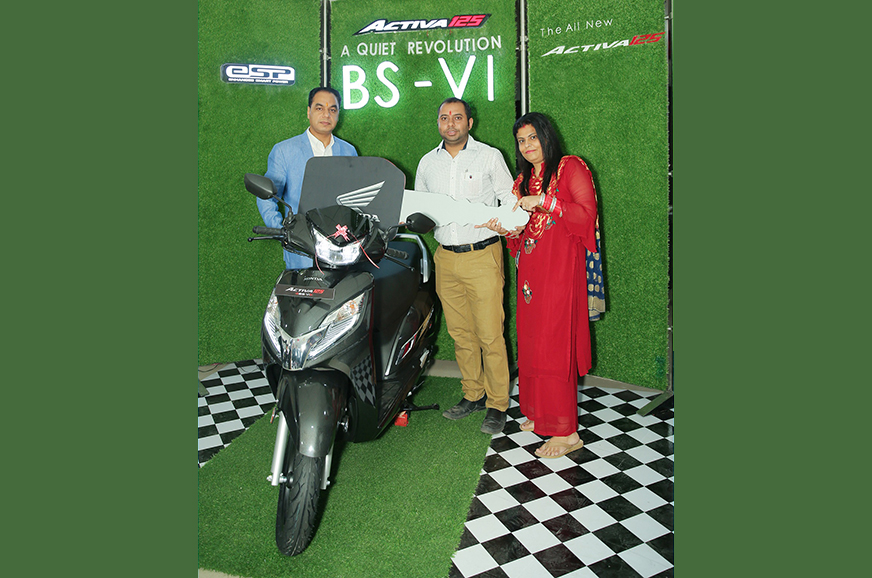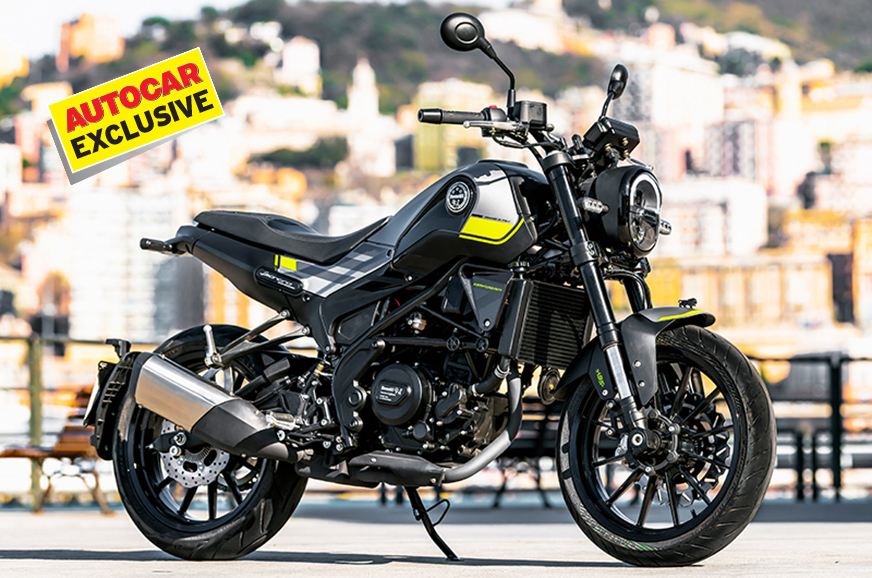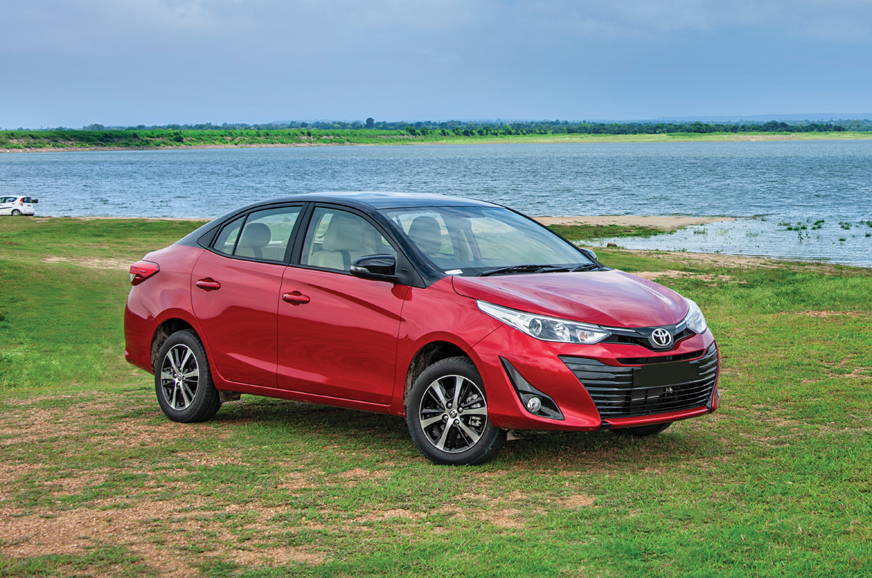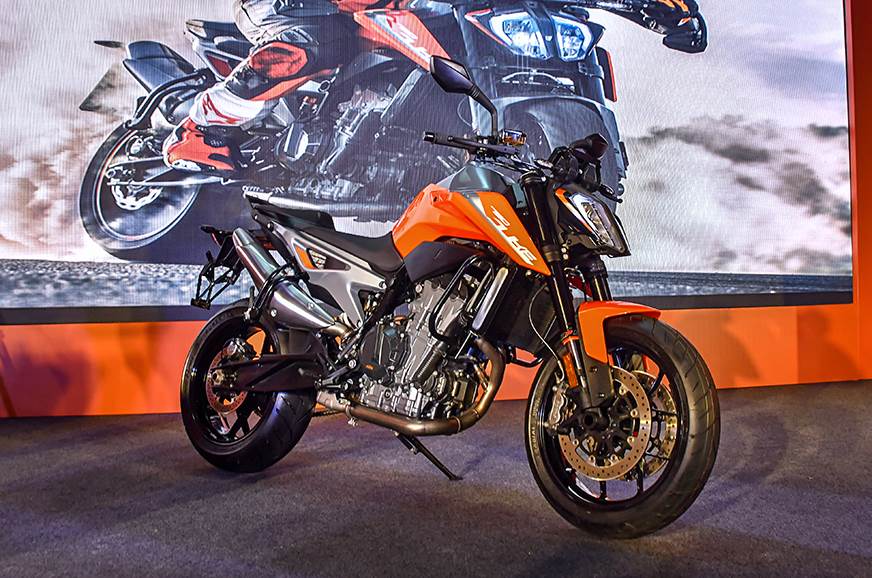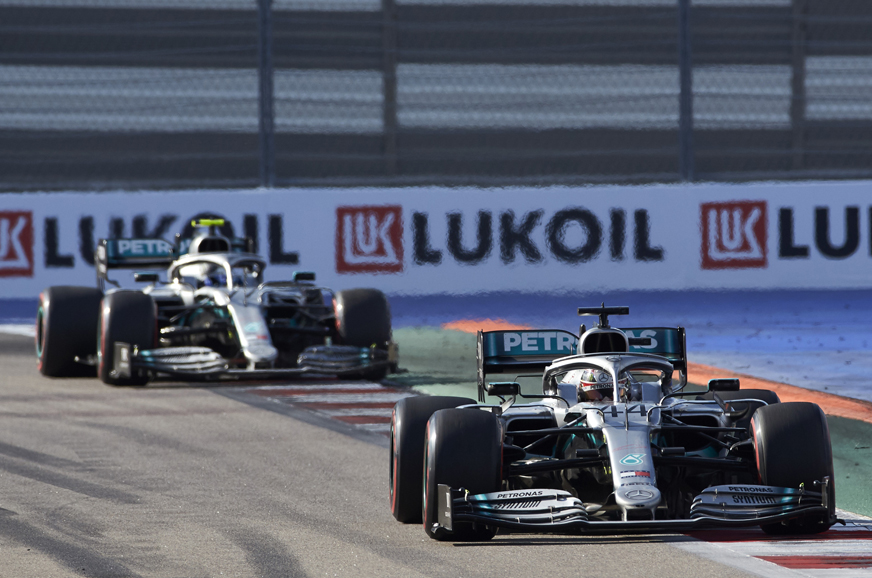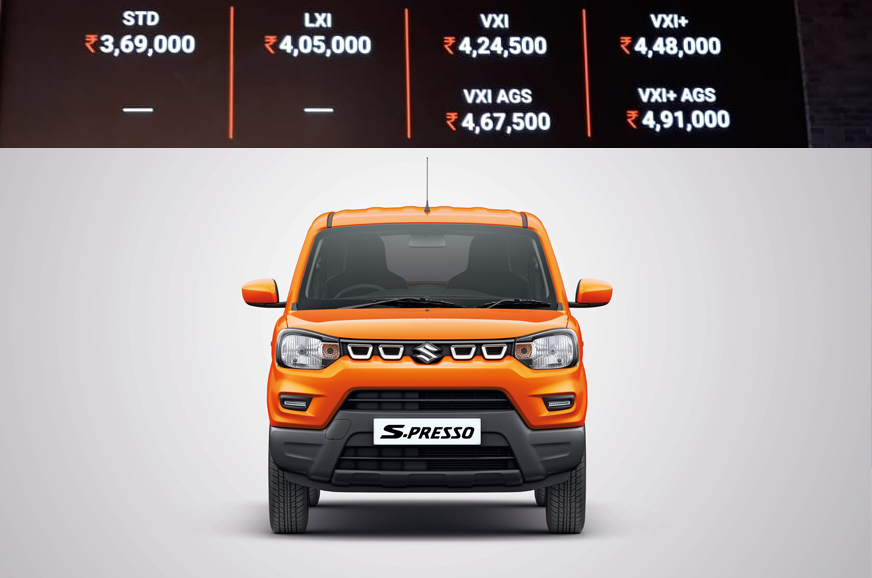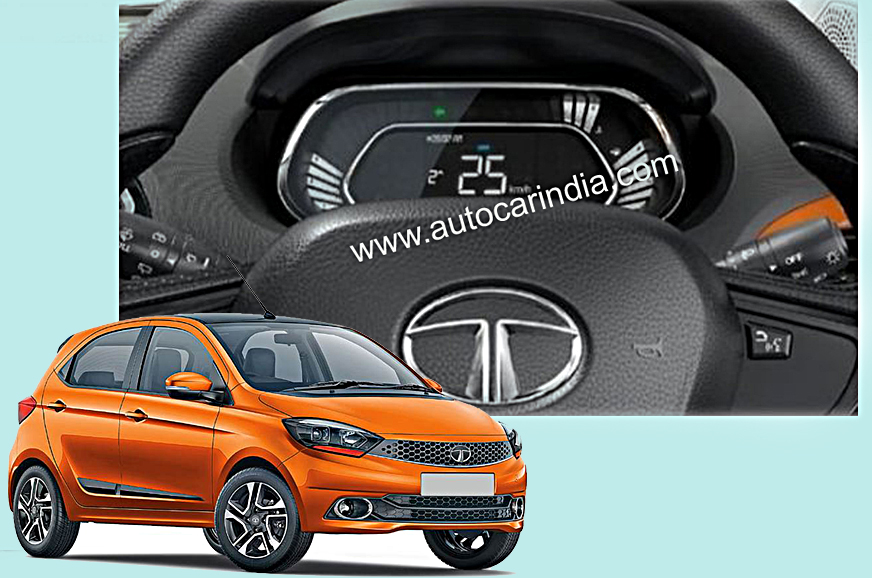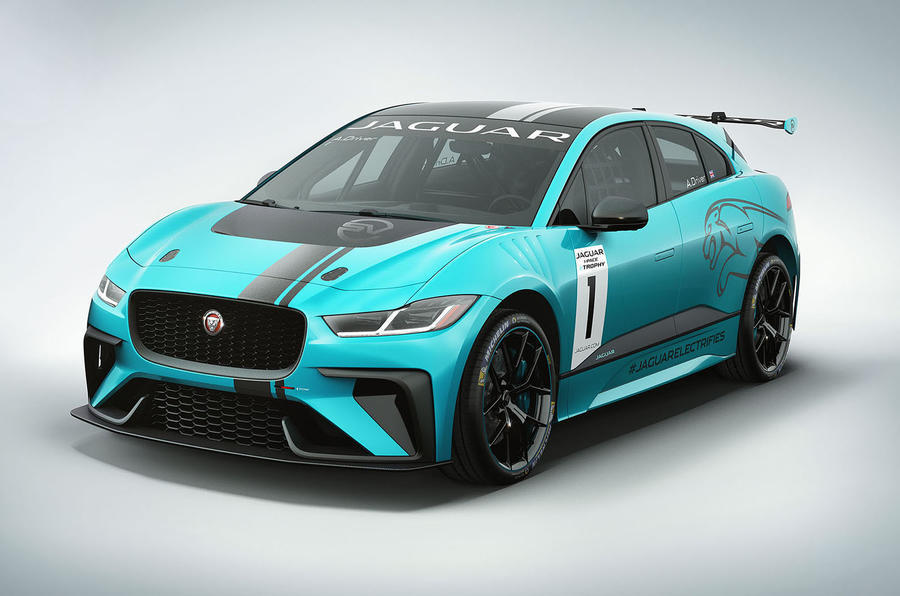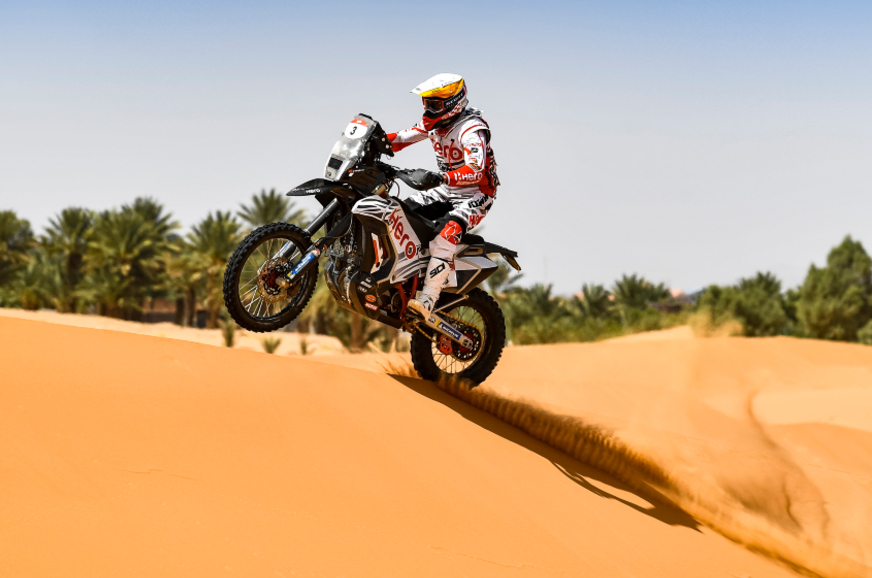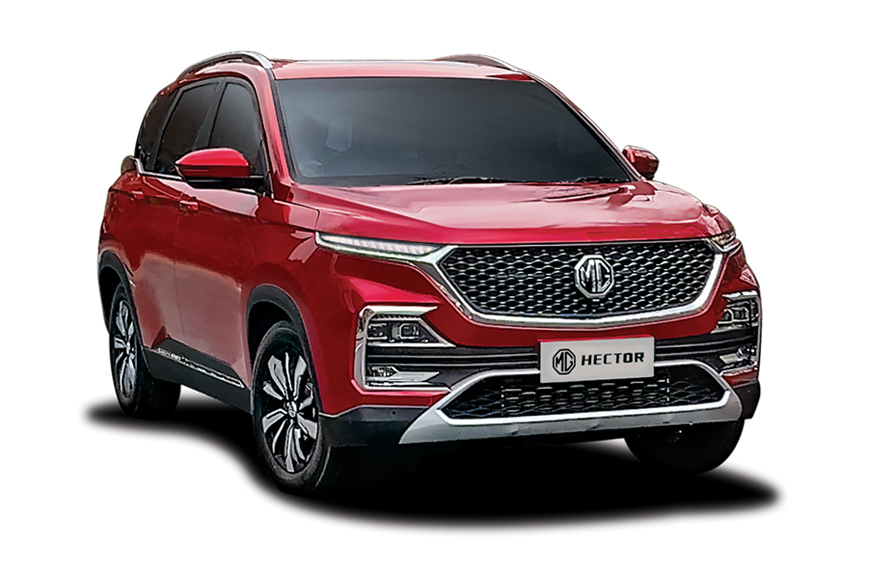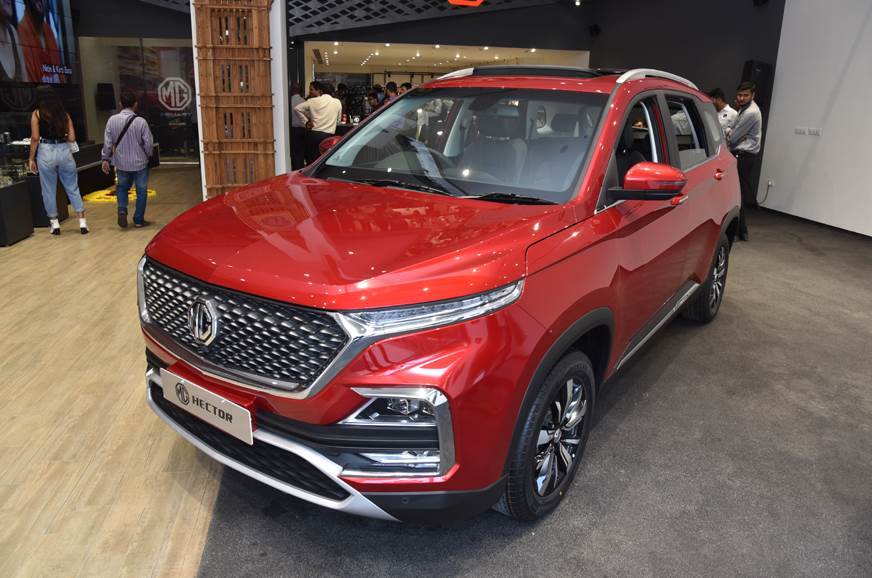Looks are subjective, no? You may or may not like the way a motorcycle is designed, and it usually holds true in most cases. But, once in a while, there comes a motorcycle that sweeps you off your feet; even before you’ve turned the key! Because, in such a case, it isn’t about the looks alone. There’s a generous dollop of charm thrown into the mix, and when that happens, the motorcycle manages to leave a lasting impression. So much so that, in my case, nostalgia trips have become the order of the day after we’ve parted ways. The Triumph Speed Twin is one such shining example of what a motorcycle can do to your senses. You want to know why? Let me explain.
Keeping it simple
The Speed Twin sits between the T120 and Thruxton in Triumph’s Bonneville family, and while they are good-looking motorcycles on their own, the Speed Twin manages to stand out and grab your attention with its powerful, forward-biased stance and simple approach to design.
What I particularly like about the Speed Twin is the lack of any unnecessary razzmatazz. You may agree with me when I say that a flashy design won’t age as gracefully as a simple yet elegant design, and that’s what’s going for the Speed Twin.
Staring at the Speed Twin standing against the backdrop of the swelling sea, I couldn’t help but wonder how Triumph managed to come up with something so effortlessly good-looking. Take the bodywork, for instance. There’s a chunky tank, a detailed side panel with a neat name plaque, and well, that’s about all the body work wrapped around the new double-cradle frame.

LED DRL is neatly integrated.
The accessory flat, brown-coloured leather seat with quilted stitching (standard seat is plain black) looks premium and so do the brushed aluminium fenders that seem to have been chopped and shaped to the right size and form. In fact, brushed aluminium is the material used to form parts like the headlamp bracket, heel plates and throttle body covers and they certainly add a touch of contrast. It’s these little details and then some – like the hand-painted coach lines on the fuel tank, or the twin pod, digi-analogue instrument cluster – that make the Speed Twin come across as a premium and special motorcycle.

Short fender means clogged radiator grille in the rains.
Beauty runs deeper than skin?
Yes, and part of the reason is the big 1,200cc, parallel-twin liquid-cooled motor. It is the central element that forms the enchanting character the Speed Twin possesses and it’s tuned to deliver a truly involving experience.
While it’s based on the Triumph Thruxton’s motor and produces identical power and torque (97hp/112Nm), it weighs less by 2.5kg. Triumph managed to achieve this by using magnesium engine covers, and a lighter crankshaft and clutch assembly. The lighter moving parts also lend the engine a delightfully free-revving nature and you certainly won’t mind that, given the delectable sound that the optional Vance & Hines dual exhausts give out.
At idle, there’s a deep rumble that quickly transforms into a throaty roar as the rev needle swoops across the dial towards the 7,000rpm redline. It’s a symphony orchestra of sorts, replete with pops and crackles, and frankly I couldn’t get enough of it throughout my time with the bike.
In the real world, you don’t have to rev the engine too much to get going. There’s so much torque, right from the moment you let out the clutch, that you can easily pootle around town and keep pace with slow moving traffic, with barely any throttle input to stay on the move. It makes commuting on the Speed Twin so effortless that you hardly feel the need to shift up or down the slick 6-speed gearbox. What you will feel, however, is a steady waft of hot air on your feet and under your thigh when you are stuck in traffic, the kind you encounter in a big metro city like Mumbai. While the heat is somewhat bearable when treading through traffic, it gets worse while riding in the rain. The short fender over the front wheel may look good but it is highly ineffective in keeping off the muck that’s being kicked up and easily ends up clogging the radiator grille.
Continuing to ride in such a scenario causes the ‘high coolant temperature’ light to come on and stay, despite the radiator fan working overtime. While the engine did not cut off, there was a point where I had to find a pressure wash centre to hose the accumulated muck off the radiator grille in order to get the temperature back into the usual operating window.
But all of this is forgotten when you find a relatively empty street and let the engine loose, because that’s when you get a true sense of what this bike is capable of. All I had to do was wring the throttle to see the bike catapult towards the horizon, with me grabbing the tank with my knees to hold on. The grin on my face kept growing wider and wider with each passing meter, as the scenery blurred past. Honestly, I wasn’t expecting a modern-classic to turn out to be so entertaining, and the basic suite of electronics (switchable traction control and three riding modes: Rain, Road and Sport) ensured I kept the bike upright and pointing in the right direction. The only gripe I have is the snatchy ride-by-wire throttle, especially in Sport mode.
But there’s no point of a potent engine in a motorcycle unless the suspension setup allows you to lay that power down effectively, and this is where the Speed Twin springs a surprise.
The cartridge-type fork and twin rear shocks are set on the firm side but the ride quality is never jarring, despite going over unavoidable craters and wide expansion gaps on concrete surfaces. But what really impressed me the most about the suspension is its pliancy, which ensured the wheels stayed glued to the tarmac, especially while encountering mid-corner bumps.
Which brings me to the pot of gold at the end of this Speed Twin rainbow – its stellar handling.
It all begins with the superbike-sharp steering rake that, at 22.8 degrees, makes the front end turn in quickly, but at the same time remain predictable. When you factor in the leverage that the wide, single-piece handlebar provides, coupled with the rich feedback from the nimble chassis, you soon realise that all of these combine to make the Speed Twin a cinch to manoeuvre past city traffic; and I’m talking about a 196kg motorcycle and not your average 150cc commuter! This also holds true around a set of corners, where the Speed Twin flows through with the precision of a laser-guided missile; also aided by the grip levels offered by the Pirelli Rosso III tyres.
The axially-mounted Brembo brakes are strong and offer pretty good feel and feedback through the adjustable brake lever with its radial master cylinder.
A modern-classic for all?
The Triumph Speed Twin is such a lovely package, overall, that it’s hard to find fault; perhaps smoother electronics and better muck management from the front and rear fenders, but that would certainly ruin the look.
But if looks are what you’re after, the Speed Twin’s style puts it right up there with the best. If you desire performance and handling, it offers both by the bucketload. And when you consider the Rs 9.46 lakh (ex-showroom) price tag, the Speed Twin begins to make absolute sense, if a modern-classic is what you are looking for. The fact that I was never a fan of this genre of motorcycles until now should give you a hint, because there is so much more to the Speed Twin than just its looks.
Also see:
2019 Triumph Speed Twin vs rivals: Price, specifications comparison
2020 Triumph Street Triple RS to be revealed on October 7
Next-gen Triumph Tiger spotted testing
from Autocar India https://ift.tt/2mqZS1M
via
IFTTT


